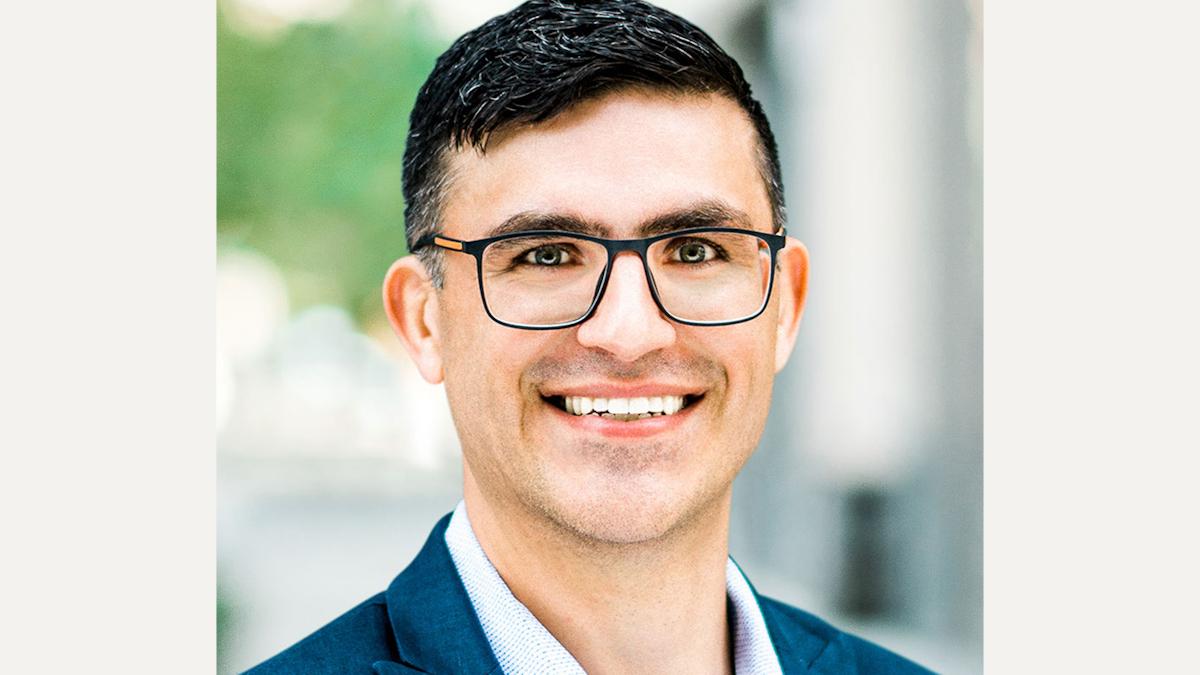Taking on the challenge of childhood epilepsy

Japan’s Eisai has a long-term commitment to treating epilepsy, with a series of therapies already on the market - but with many different forms of the disease, requiring different therapeutic approaches, there is still a long way to go before the entire disease population is covered. However progress has recently been made in tackling the challenge of childhood epilepsy.
However very young children with a severe form of the disease, known as Lennox-Gastaut syndrome (LGS) have a new treatment option after the European Commission granted a licence extension to an existing Eisai drug Inovelon (rufinamide).
Previously authorised in children aged four and over since 2007, Inovelon can now also be used as an add-on therapy in patients as young as one year of age.
A particularly devastating form of the epilepsy, children who are affected by LGS can have seizures as often as once a day, leading to learning disability and behavioural problems.
Patients with LGS have a mortality rate of approximately 3-7%, and an early and accurate diagnosis of the condition is important to ensure the condition is treated effectively to allow for the possibility of improving patient prognosis.
But representatives of Eisai said that getting drugs approved in very young patients just after diagnosis, provided its own set of challenges.
Once Eisai’s experts had combed through their network of medical contacts to try and find suitable patients, getting the clinical evidence to back up the licence indication was a challenge.
Eisai selected study sites were because they are specialists in LGS and were motivated to be involved in the research.
Still the main clinical study Eisai used in its dossier involved only 37 children aged one to four years – which the European Medicines Agency (EMA) deemed inconclusive because of its small size and because it was not powered to show a benefit.
Professor of paediatric epilepsy and child neurology Stéphane Auvin at Paris-Diderot University, and Study 303 trial investigator said: "As Lennox-Gastaut syndrome is a rare disease, it was a real challenge to find these patients.”
Samantha Goldman, head of medical affairs, at Eisai’s EMEA neurology business group, told pharmaphorum that the study design needed to be tailored to the study populations
The children involved were very ill and parents were already over-burdened with simply caring for them.
It was vitally important to get as much data as possible about frequency of seizures, so the diary in which parents recorded seizures was made as user-friendly as possible.
The trial on its own was not enough for approval, but the EMA’s CHMP scientific committee was able to recommend the indication with the help of other additional data.
This included analyses showing that doses based on body weight in children aged one to four years produced similar levels of the medicine in the body to those seen with standard doses in older patients.
Given that the disease behaves the same way in both age groups, Inovelon could therefore be expected to act similarly in the lower age group, the regulator rules.
Eisai also presented the results of a study showing that the oral suspension produced the same levels of the active substance in the blood as the tablets.
Goldman said that the new indication provides “another treatment option” for children in this much younger age group, whose only real option is valproate, a widely used epilepsy drug.
Other manufacturers have also made progress with LGS – the UK’s GW Pharma got its Epidiolex (cannabidiol) approved in LGS and another kind of childhood epilepsy, Dravet syndrome, earlier this year.
Epidiolex is also under review in Europe, and Takeda and Ovid Therapeutics are developing a therapy for subsets of patients with LGS and Dravet.
Eisai’s Goldman said that Eisai also has new drugs and formulations for other epilepsy indications that could be on the market “in the next few years” if things go well with trials and regulators.
Although treating epilepsy remains a major challenge, with a percentage of the population still with uncontrolled disease, pharma is making slow but steady progress in finding better therapies, and treating patients who have no or very limited treatment options.
Unlike other fields of neurology such as Alzheimer’s, where there has been little or no progress in decades, the new use for Inovelon, and the work of Eisai and its rivals, there is real hope that the lives of patients with the condition will improve significantly in the future.
While progress has been slower than hoped, epilepsy is one area where companies like Eisai and its competitors are providing not just hope, but therapies with the potential to improve patients’ lives.
But the scale of the problem should not be underestimated – latest figures suggest that between 20% and 40% of patients have refractory seizures. And while it is heartening to see a new option for very young children with a serious form of the disease, pharma and the medical establishment must work hard to identify why these patients are not responding, and provide the therapies that can alleviate or suppress their seizures.













